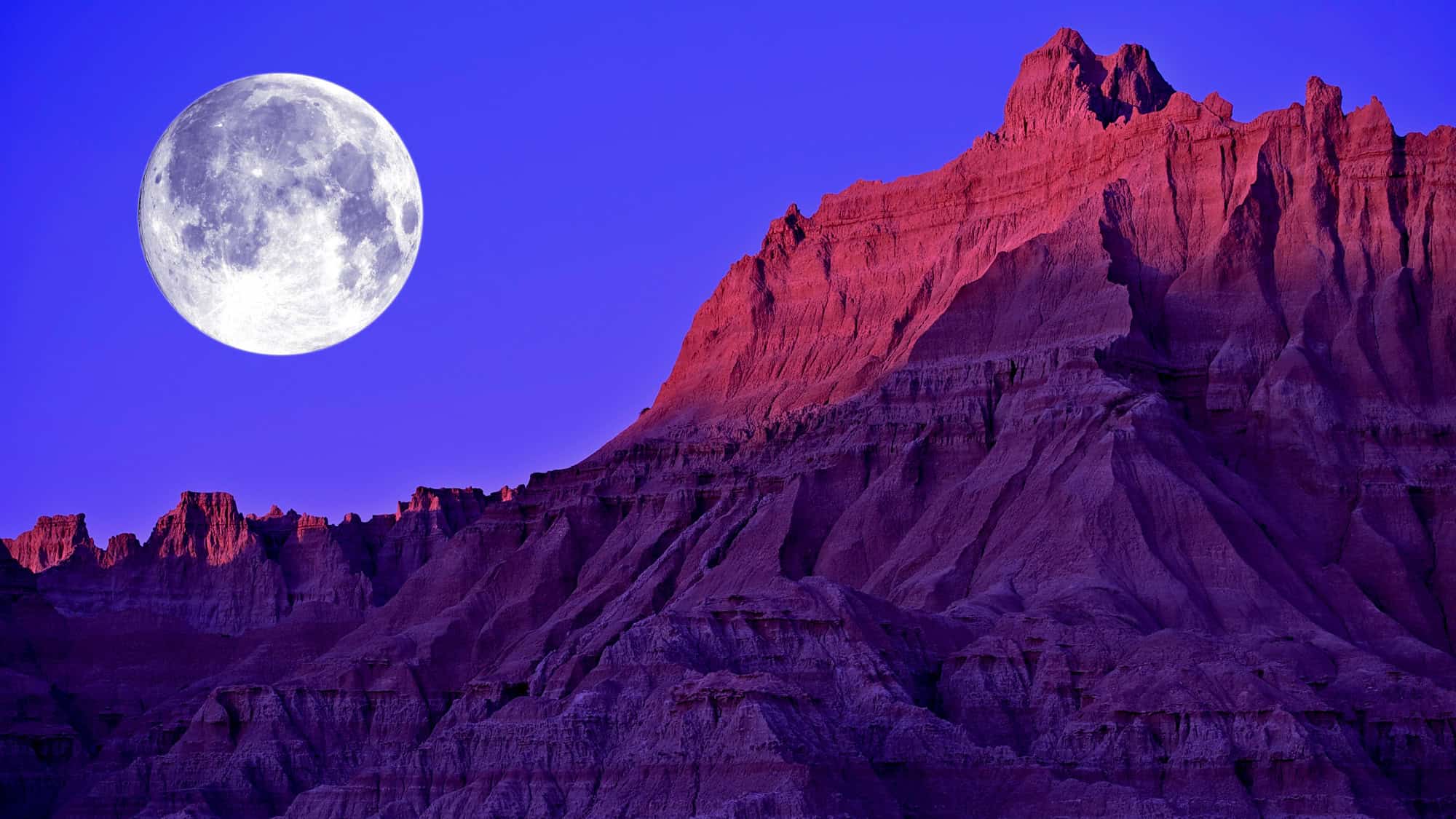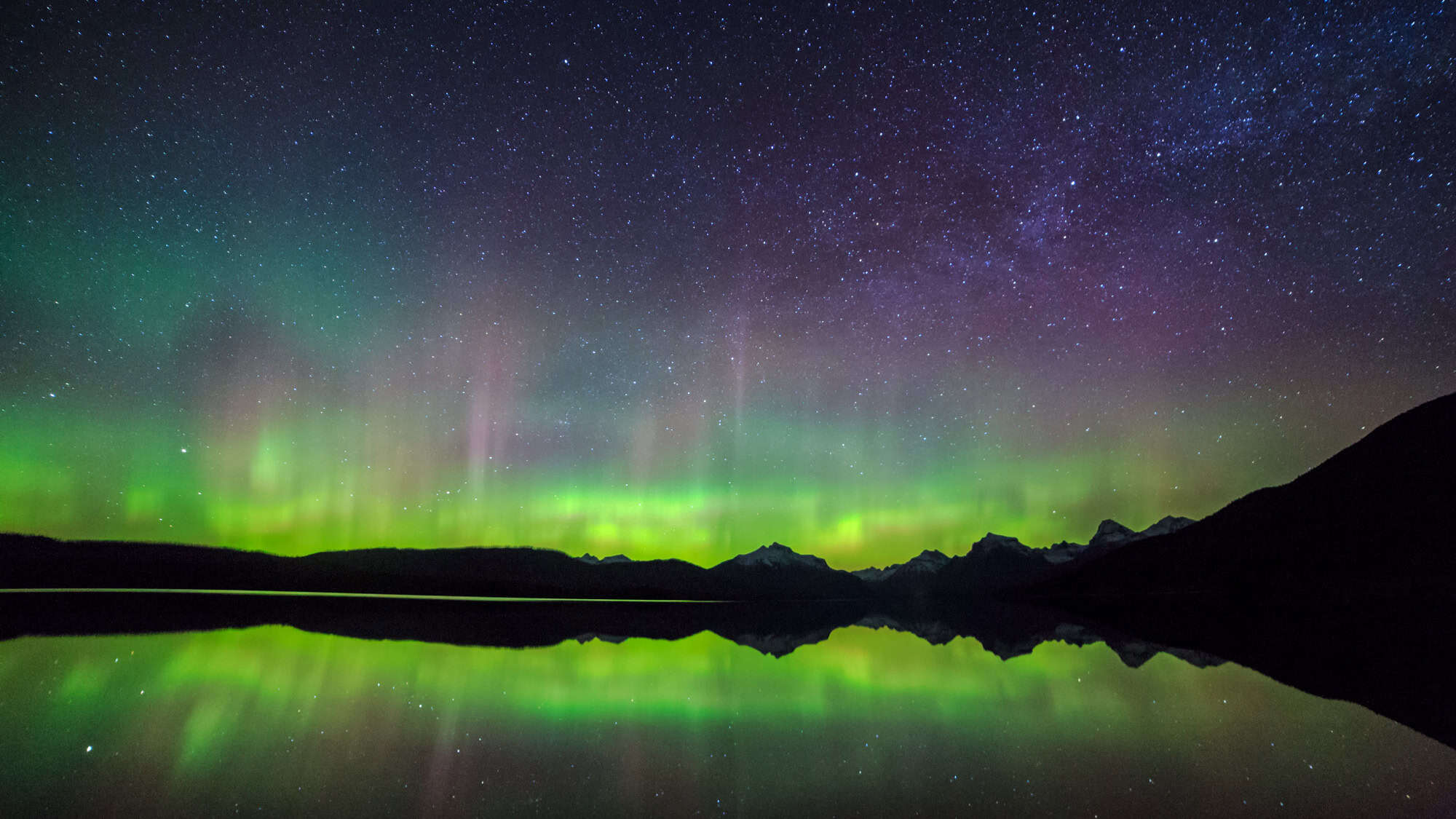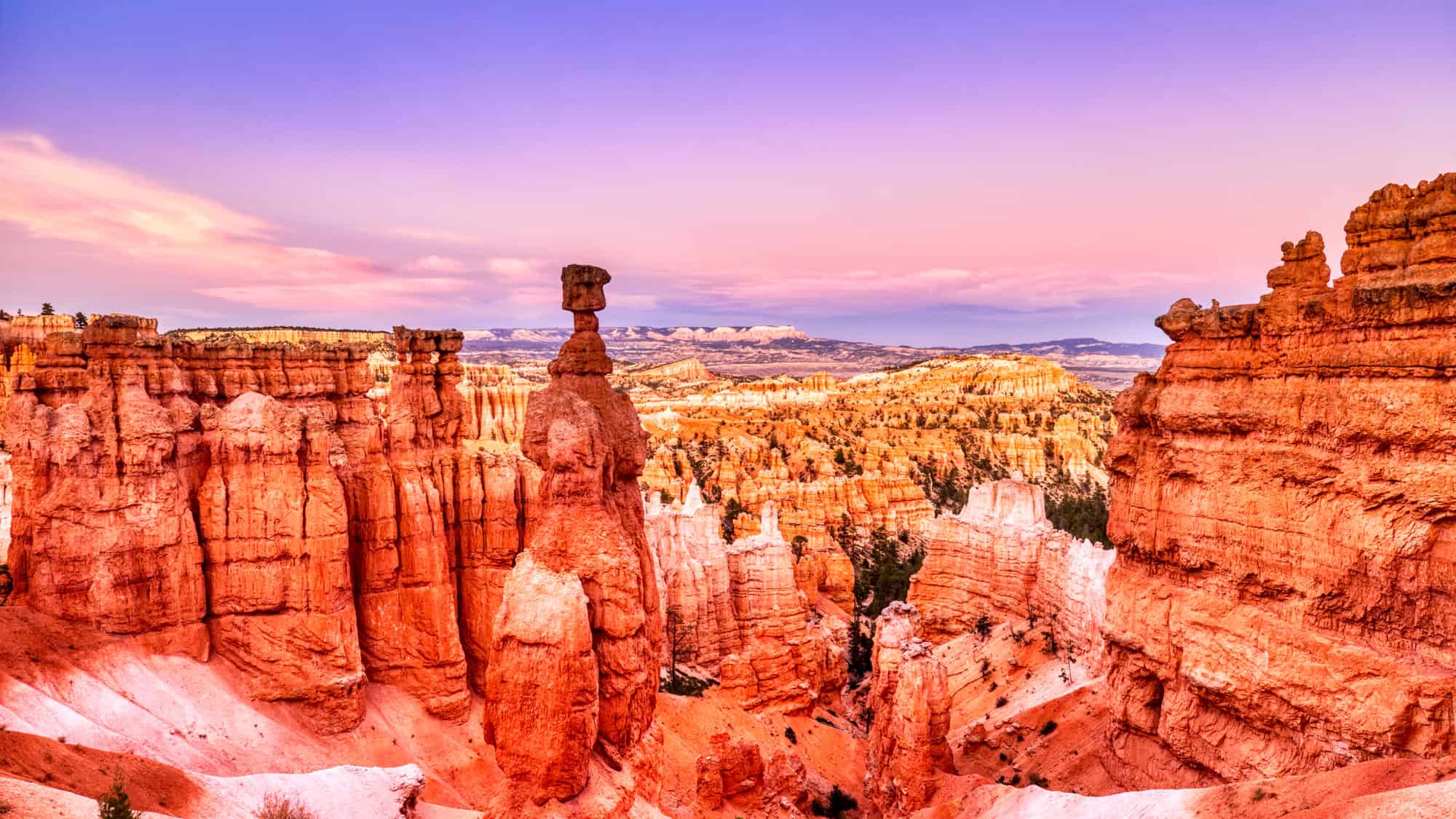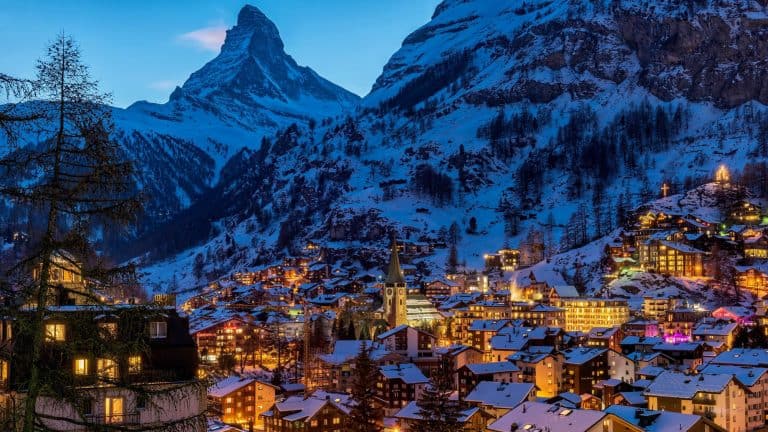Discover Parks & Wildlife contains affiliate links and is a member of the Amazon Services LLC Associates Program. If you make a purchase using one of the Amazon links, we may receive compensation at no extra cost to you. We may also use select AI tools to support our creative process, but all content is reviewed, refined, and finalized by our human team. See our disclosure policy and our AI use policy for more information.
12 Stunning National Parks With Unforgettable After Dark Wonders
Nightfall changes the rhythm of every landscape. When the last rays of daylight slip away, the land opens to something quieter yet infinitely larger. The stars take their places, the air cools, and even the most familiar trails feel different.
Across the United States, a growing number of national parks have earned recognition for their dark skies, protecting these rare windows into the cosmos. Light pollution fades to nothing, revealing constellations that once guided ancient travelers. The Milky Way bends across horizons so wide it seems to touch the earth itself.
In these places, the night sky is more than a view; it’s a presence. Crickets trade calls, cool winds carry the scent of pine or desert sage, and shadows stretch over canyons, dunes, and stone arches. Some nights draw photographers chasing star trails, others invite quiet awe as meteor showers scatter across the heavens.
These parks remind us that the world never truly sleeps. Beneath the dark canopy, every glimmer above connects us to something older than memory and more vast than the landscape beneath our feet.
Bryce Canyon National Park, Utah

Bryce Canyon’s night sky feels almost supernatural. At over 8,000 feet above sea level, the air is thin and clear, allowing stargazers to see up to 7,500 stars on a moonless night. The park’s high plateau and minimal artificial light make it one of the best spots in the continental United States for celestial observation.
Hoodoos, those red rock spires that rise from the canyon floor, cast long silhouettes under starlight, creating a surreal glow against the horizon. And the park regularly hosts astronomy programs, where telescopes bring Jupiter’s bands and Saturn’s rings into focus.
During summer, the annual Astronomy Festival draws experts and enthusiasts alike, celebrating a sky so dark that even the Andromeda Galaxy becomes visible to the naked eye. Plus, night hikes through the canyon offer a quieter experience, where the sound of wind and distant owls fills the silence. When the temperature drops, the stars only seem to sharpen.
Big Bend National Park, Texas

Few places in the lower 48 offer a darker sky than Big Bend. Far from major cities, this remote corner of West Texas sits beneath one of the least light-polluted regions in North America.
The park spans over 800,000 acres of desert, river, and mountain terrain, and its vast isolation guarantees a night sky of staggering clarity. More than 2,000 stars can be seen without any equipment, and the Milky Way stretches from horizon to horizon for much of the year. And Big Bend earned International Dark Sky Park status for its commitment to preserving that brilliance.
On calm nights, the Chisos Mountains frame constellations rising over the desert plains, while nocturnal animals stir in the creosote and ocotillo. Rangers occasionally host night sky events, blending astronomy with cultural storytelling rooted in the region’s history.
Great Basin National Park, Nevada

Great Basin is one of the country’s least visited national parks, which makes its solitude all the more striking after dark. Here, the combination of elevation and arid air delivers extraordinary transparency in the night sky.
On clear evenings, observers can see five planets without a telescope and more than 5,000 visible stars. The park’s Astronomy Amphitheater and observatory host programs throughout the warmer months, where visitors learn about constellations through powerful telescopes.
The Milky Way shines vividly across the Snake Range, creating a luminous band that rivals any desert sunrise. Great Basin’s ancient bristlecone pines, some over 4,000 years old, stand as silent witnesses beneath this canopy of light.
Each summer, the Astronomy Festival draws stargazers who camp under a vault of uninterrupted darkness. With the nearest city lights more than a hundred miles away, the park feels timeless. The silence, the crisp air, and the glittering expanse above make Great Basin an unspoiled sanctuary perfect for after dark.
Joshua Tree National Park, California

The desert of Joshua Tree transforms completely at night. As the heat fades, the vast Mojave and Colorado Deserts reveal one of the clearest night skies in southern California. The park’s unusual geology (boulder piles, rugged peaks, and the twisted silhouettes of Joshua trees) creates a hauntingly beautiful foreground against the stars.
Recognized as an International Dark Sky Park, Joshua Tree’s elevation and dry air allow the Milky Way to blaze across the horizon in incredible clarity. The most striking views come from Keys View or Skull Rock after twilight, where the constellations seem close and unbroken.
Ranger-led night programs often blend science with Indigenous sky stories, grounding the experience in cultural heritage. Photographers favor long-exposure shots here, capturing the contrast between glowing rock formations and shimmering starlight. Even without a camera, the feeling is unforgettable.
Canyonlands National Park, Utah

At Canyonlands, the night feels ancient. The layered rock formations and deep canyons carved by the Colorado and Green Rivers become immense shadowlands once the sun disappears. Designated as a Gold-Tier International Dark Sky Park, Canyonlands offers one of the darkest skies in the world.
From the Island in the Sky mesa, the horizon spreads endlessly, and on moonless nights, the Milky Way arches across the desert in perfect definition. The park’s minimal development ensures that artificial light never intrudes, making constellations like Orion and Scorpio dazzlingly distinct.
Many choose to camp beneath the stars, letting the desert’s stillness carry them into sleep. And during the warmer seasons, rangers host astronomy programs and night hikes where red lights replace flashlights to preserve night vision.
Capitol Reef National Park, Utah

Hidden in the heart of Utah, Capitol Reef’s deep canyons and sandstone domes offer more than just daytime beauty. At night, this remote park becomes a natural observatory. With minimal nearby towns, its skies remain among the clearest in the state.
The park’s varied terrain, from cliffs to fruit orchards, creates unexpected silhouettes beneath a field of stars. The Milky Way glows vividly from spring through fall, and planets often rise bright enough to cast faint shadows.
Capitol Reef hosts regular astronomy events that blend scientific and cultural perspectives, helping visitors see the same sky that ancient peoples once navigated. In Fruita, a quiet historic area, the sound of the Fremont River drifts through the dark while constellations shimmer above the cliffs. Even brief cloud breaks reveal patterns older than civilization.
Capitol Reef’s stillness makes every night sky moment linger, a blend of silence and starlight impossible to forget.
Arches National Park, Utah

Arches National Park may be known for its iconic rock formations, but its after-dark wonders are equally compelling. The park’s elevation, dry air, and distance from city lights combine to create exceptional stargazing conditions.
More than 2,000 sandstone arches scatter across the desert, forming natural frames for the stars above. The most famous, Delicate Arch, draws photographers and skywatchers who wait patiently as the Milky Way rises behind it.
The park earned its International Dark Sky designation by protecting this clarity, reducing artificial light to preserve natural rhythms for wildlife and visitors alike. Summer nights often reveal satellites, meteor showers, and even faint galaxies without a telescope. And the temperature drops quickly after sunset, leaving the air crisp and perfectly still.
Each arch seems to take on a new character under the stars: ancient, quiet, and full of quiet strength. For those who stay after twilight, this park rewards patience with one of the most luminous skies in the Southwest.
Badlands National Park, South Dakota

Badlands National Park offers one of the widest night skies on the Great Plains, with the jagged peaks and layered rock formations creating a dramatic contrast against the glittering heavens.
This remote area, far from major urban centers, maintains some of the darkest conditions in the Midwest. The park’s unique geology adds to the spectacle, reflecting faint light from the stars across bands of clay and sandstone.
Rangers host the annual Badlands Astronomy Festival each summer, where powerful telescopes reveal nebulae and star clusters hidden from the naked eye. But even without equipment, the Milky Way is vividly visible from almost anywhere in the park.
In the open spaces near the Pinnacles Overlook or Cedar Pass, the sky feels impossibly wide. And if you listen closely, coyotes occasionally call across the canyons, underscoring the vast quiet of the prairie night.
Black Canyon of the Gunnison National Park, Colorado

Black Canyon’s walls plunge nearly 2,000 feet, creating a natural fortress of darkness. By night, those sheer cliffs become the perfect amphitheater for stargazing. The park’s remote location and deep canyon shelter it from nearly all light pollution, earning it a Gold-Tier International Dark Sky Park status.
From the South Rim, constellations shimmer above the narrow chasm where the Gunnison River runs unseen below. The Milky Way arches in full view. Astronomers often praise the canyon for its near-pristine visibility, where even faint galaxies can be detected with modest telescopes.
During summer events, rangers and volunteers guide visitors through constellations while the sound of flowing water echoes from the depths. The air cools quickly, and the stars appear closer by contrast against the dark canyon walls.
Glacier National Park, Montana

Glacier’s vast wilderness transforms at night into one of the most breathtaking celestial theaters in the country. The park’s northern latitude and limited development provide a nearly untouched view of the Milky Way, visible from late spring through early fall. On clear nights, you might even glimpse the faint green shimmer of the aurora borealis.
Logan Pass and Lake McDonald are two favored viewing points where the reflection of stars doubles across still water. Glacier’s designation as an International Dark Sky Park recognizes its dedication to preserving these natural rhythms. And the park’s high alpine air magnifies clarity, revealing planets and nebulae invisible from lower elevations.
Even wildlife responds. You might catch the calls of loons and the rustle of deer through brush, all blending with the quiet vastness above. Few experiences rival standing at the edge of a glacial lake while the sky turns into a mirror of ancient light. Glacier proves the night can be as majestic as any mountain view.
Death Valley National Park, California

Death Valley may be the hottest place in North America by day, but by night, it reveals one of the darkest skies on Earth. The park’s enormous size, over 3 million acres, and its isolation from urban centers make it ideal for astronomy.
In summer, temperatures drop sharply after sunset, drawing observers to Mesquite Flat Sand Dunes or Badwater Basin for unrivaled stargazing. The Milky Way arcs so vividly here that it casts faint shadows across the desert floor. And the park has earned Gold-Tier International Dark Sky status, with minimal light interference across hundreds of miles.
During meteor showers, thousands of shooting stars streak across the black sky, leaving brief trails of silver. Rangers often lead night sky programs highlighting both astronomy and desert ecology, showing how nocturnal life adapts to the extremes. Under this immense sky, time itself seems to stand still.
Great Sand Dunes National Park, Colorado

By day, Great Sand Dunes shimmers under sunlight. After dark, it turns into a scene of quiet brilliance. The park’s sweeping dunes, which happen to be the tallest in North America, reflect starlight, glowing faintly beneath the vast San Luis Valley sky.
This rare combination of elevation, dryness, and isolation gives the area some of Colorado’s clearest celestial views. On moonless nights, the Milky Way is striking enough to cast soft shadows across the sand.
Recognized as an International Dark Sky Park, it limits artificial light to preserve this natural wonder. Night hikes over the dunes offer a surreal experience, where each step glows slightly in the dim starlight. And during summer events, rangers use laser pointers to trace constellations while owls and nighthawks circle overhead.
In the distance, the Sangre de Cristo Mountains form a dark silhouette framing the endless stars.
Like Our Content? Follow Us on MSN (or click the Follow Button above) for more from Discover Parks & Wildlife.
12 National Parks You’ll Wish You Had Visited Sooner

Who needs a time machine when you can read about all the national parks you absolutely should have visited by now, and then just sulk in envy instead?
16 U.S. National Parks with Sunsets Worth the Trip

If you thought your life lacked a dash of dramatic flair, just wait until you set your sights on those sunsets at U.S. National Parks. You know, the kind that might have you questioning why your backyard bonfire doesn’t quite cut it anymore.
15 Photos Every National Park Photographer Needs in Their Collection

Think you’ve mastered the art of the perfect shot? Wait until you see these must-have captures that’ll make your portfolio sing.






